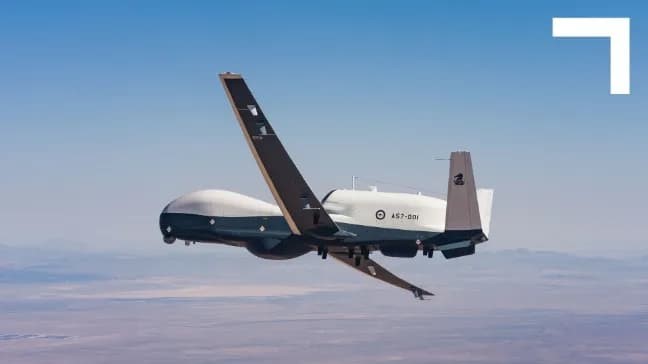Free Courses Sale ends Soon, Get It Now


Free Courses Sale ends Soon, Get It Now



Disclaimer: Copyright infringement not intended.
Context
Details
Overview
Design and Capabilities
Operational Capabilities
Advantages and Significance
Challenges and Development
Conclusion
The MQ-4C Triton stands as a critical asset in the U.S. Navy's arsenal, providing persistent maritime surveillance and reconnaissance capabilities. Its advanced sensor suite, endurance, and ability to cover vast oceanic regions make it an invaluable tool for enhancing maritime domain awareness and supporting various naval missions. However, continuous technological advancements and adaptations are crucial to ensuring its effectiveness in modern naval operations.
|
PRACTICE QUESTION Q. Which of the following statements is true regarding the MQ-4C Triton drone? A) It is a ground-based surveillance system developed for monitoring urban areas. B) The Triton is a low-altitude, short-endurance UAV primarily used for agricultural purposes. C) MQ-4C Triton is a high-altitude, long-endurance unmanned aerial vehicle designed for maritime surveillance missions by the U.S. Navy. D) It is an experimental spacecraft developed for deep-space exploration missions by NASA. Answer: C) |
© 2024 iasgyan. All right reserved